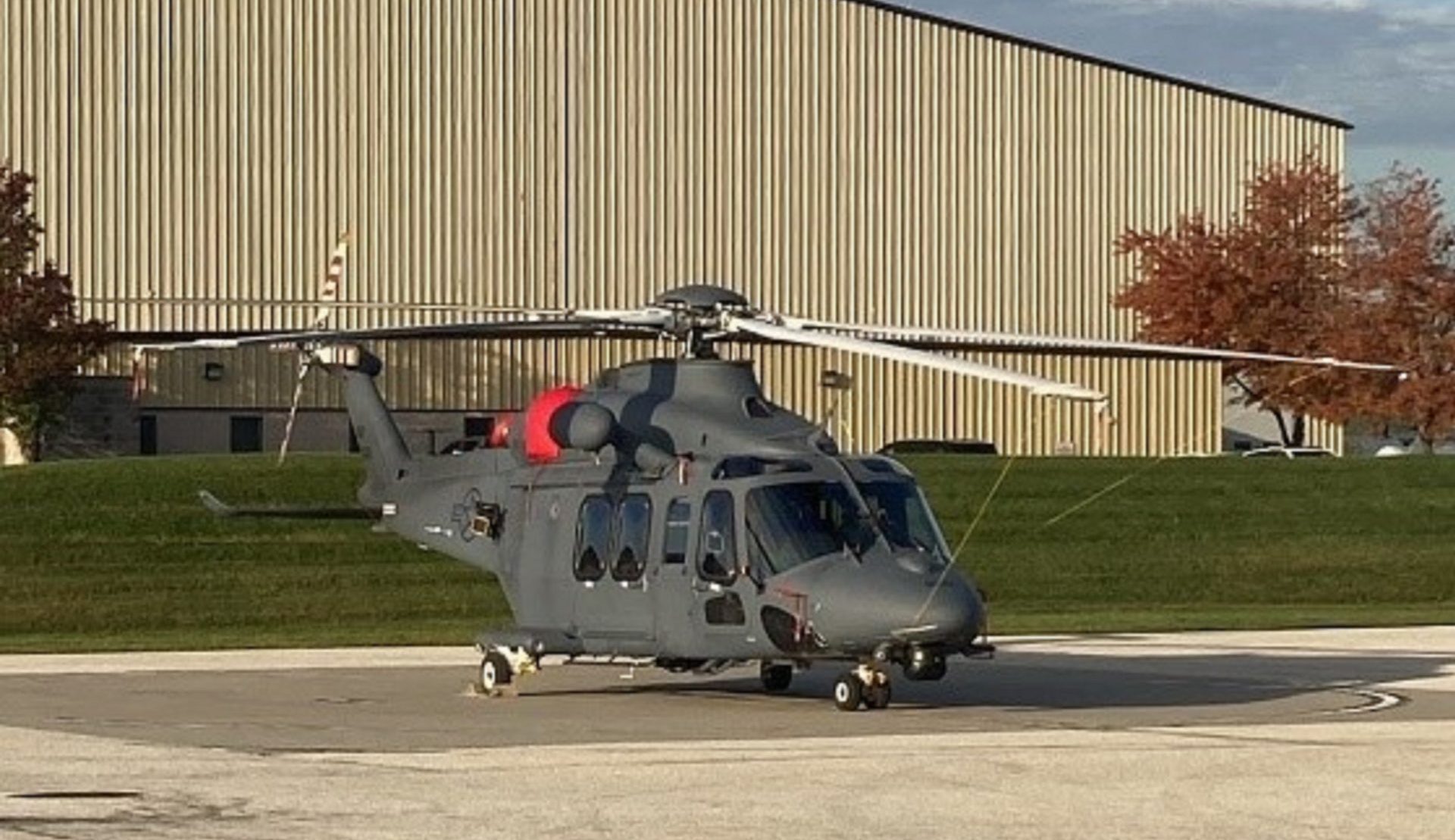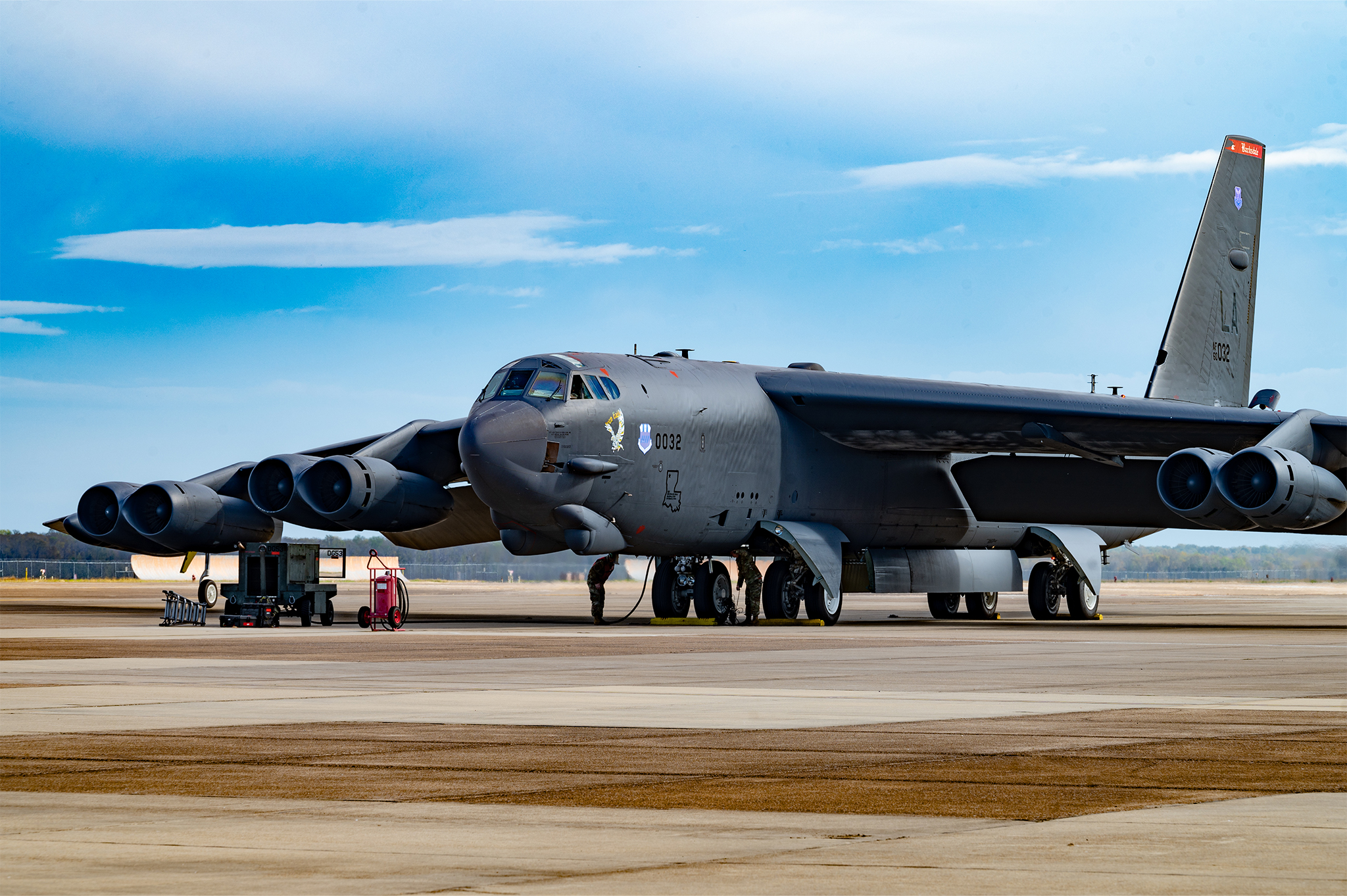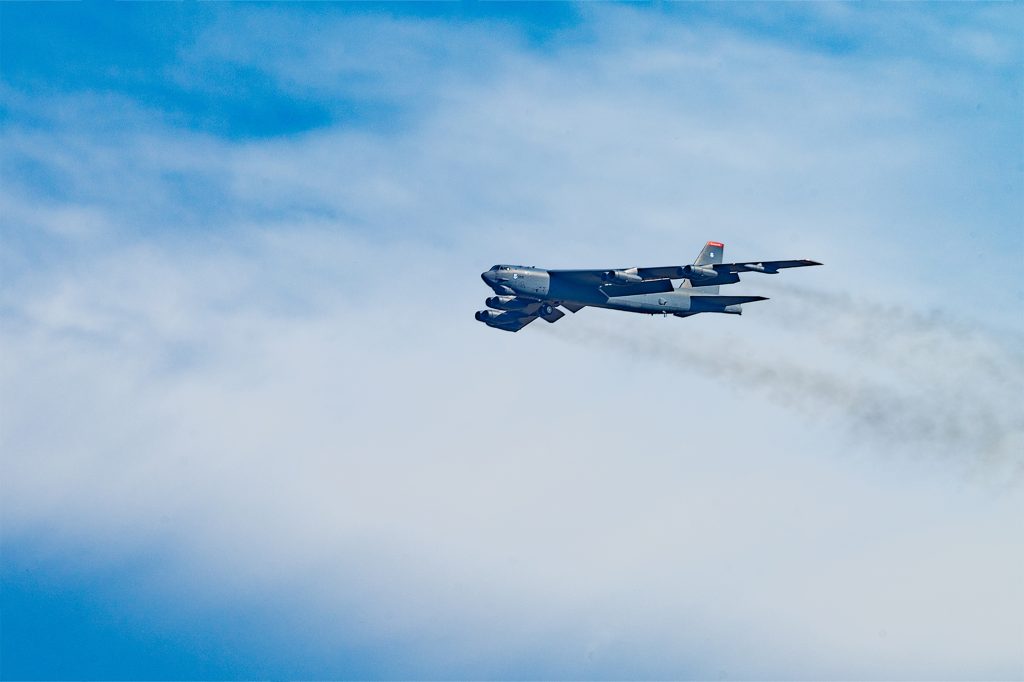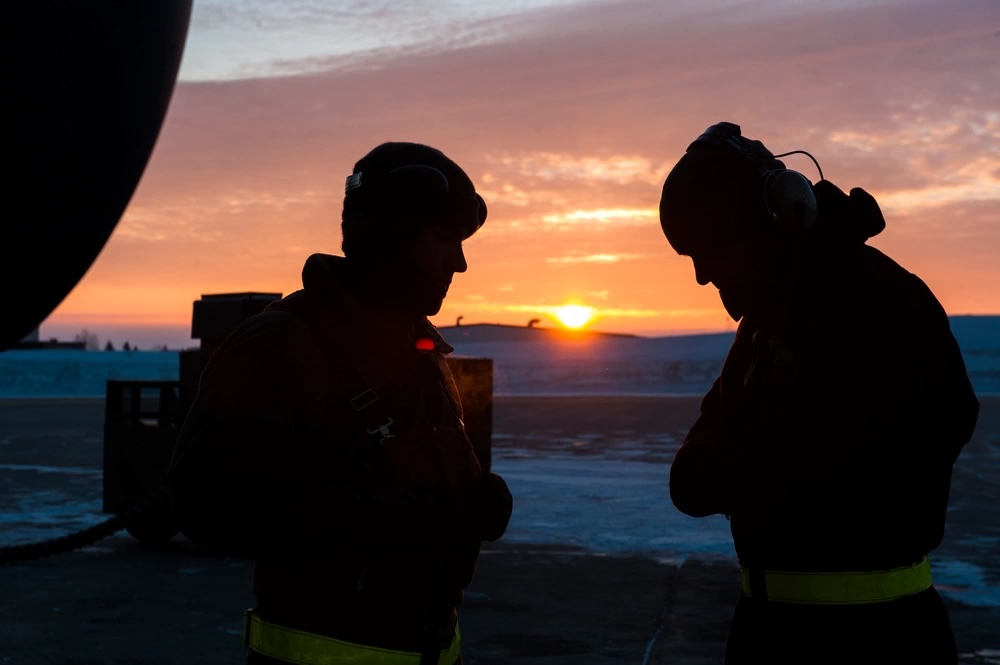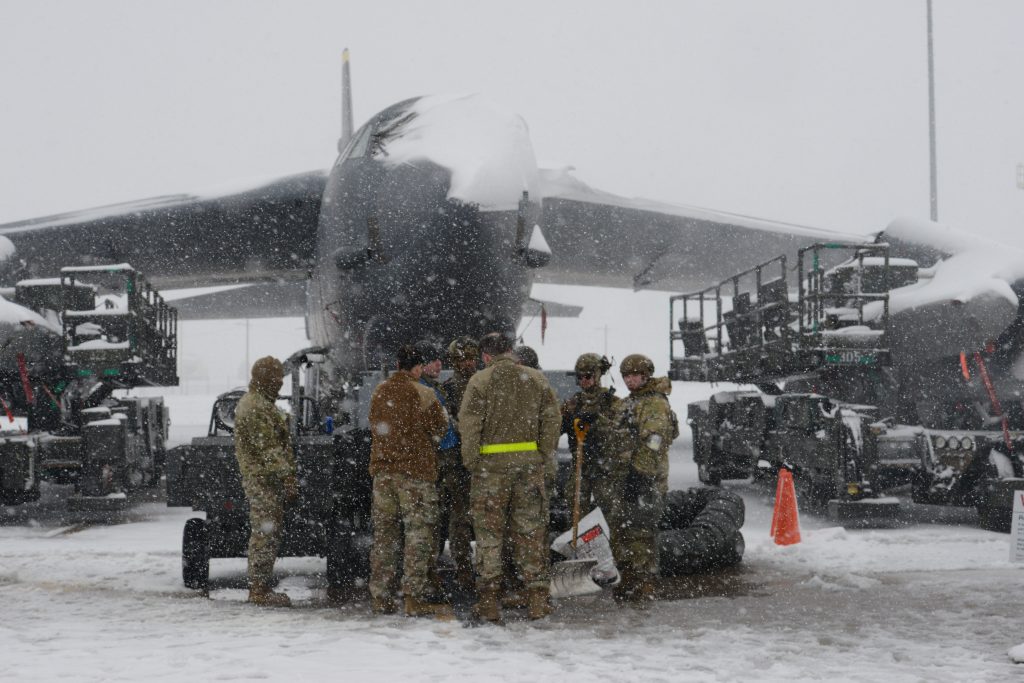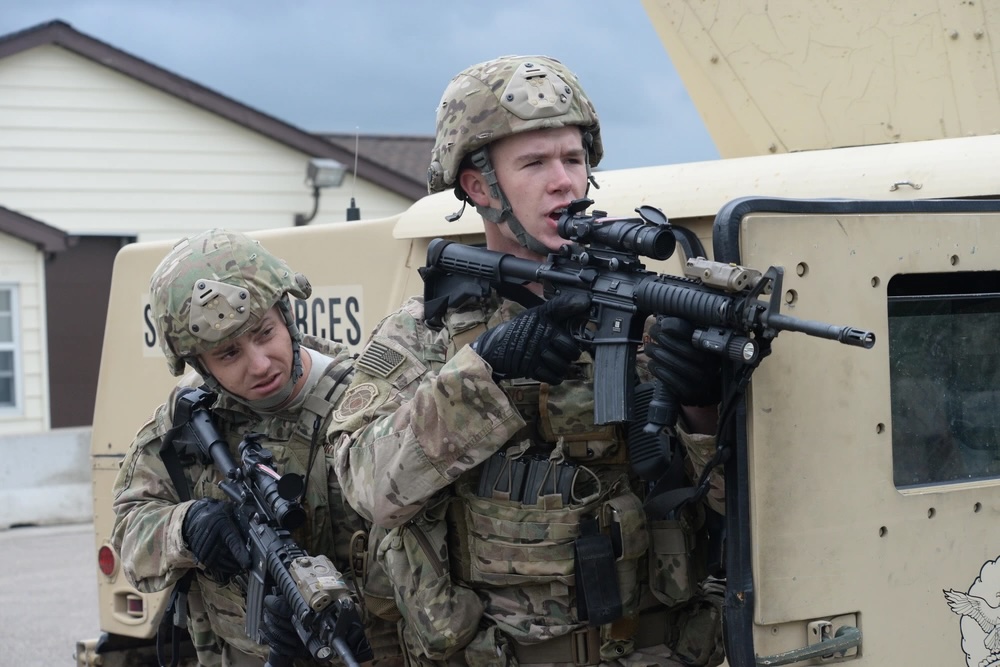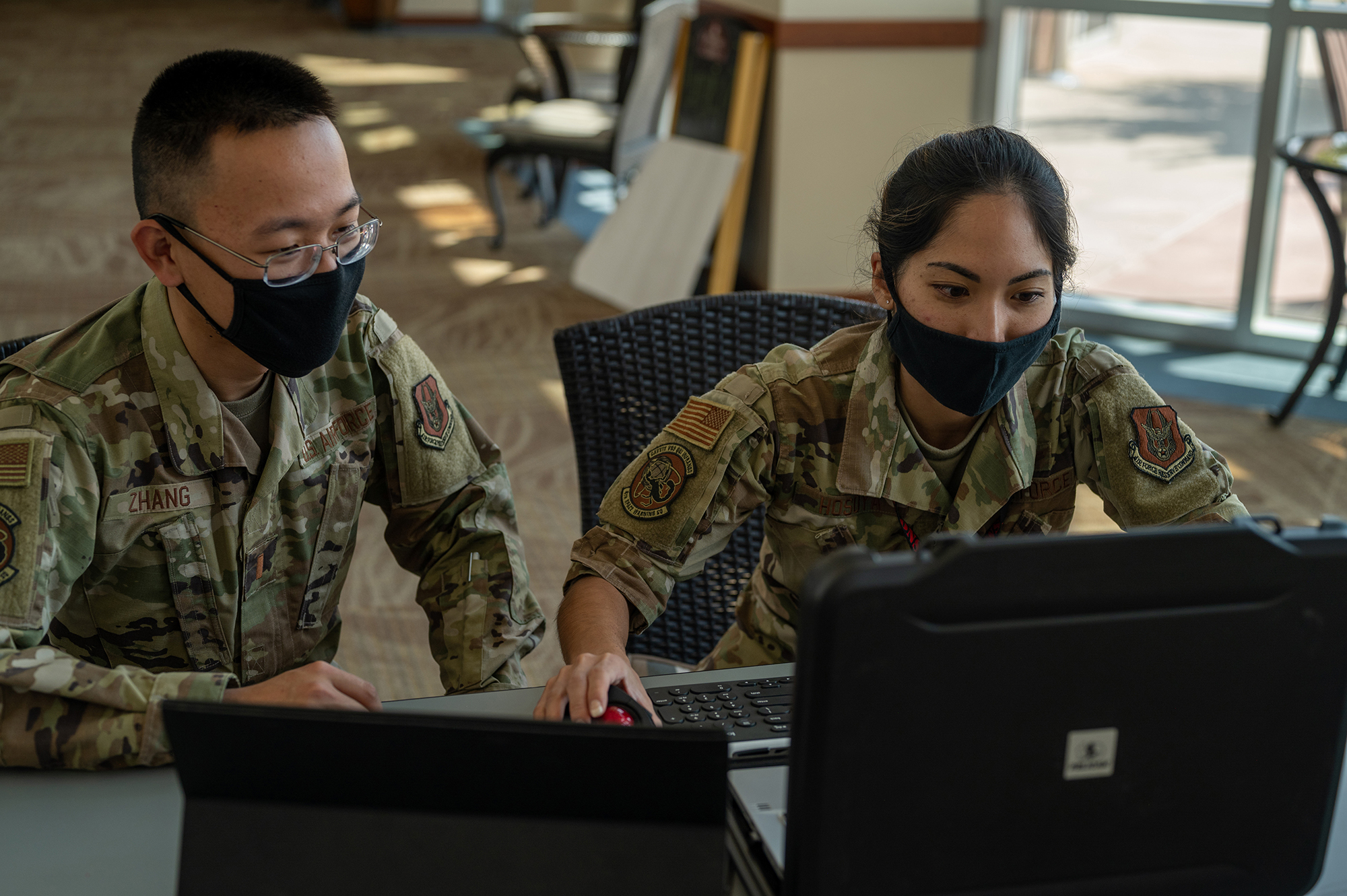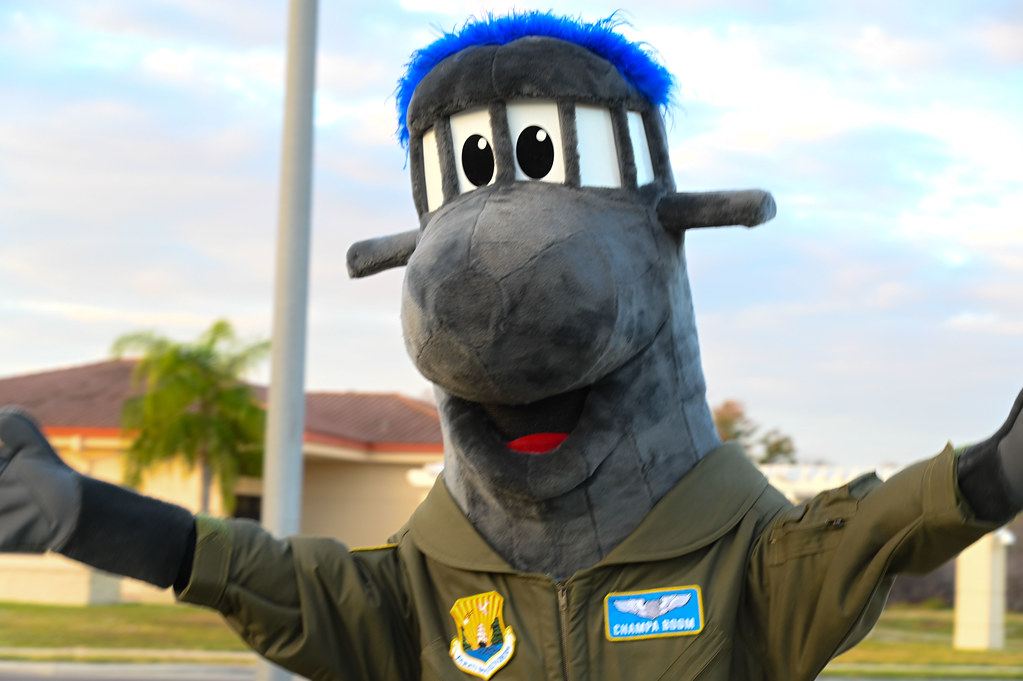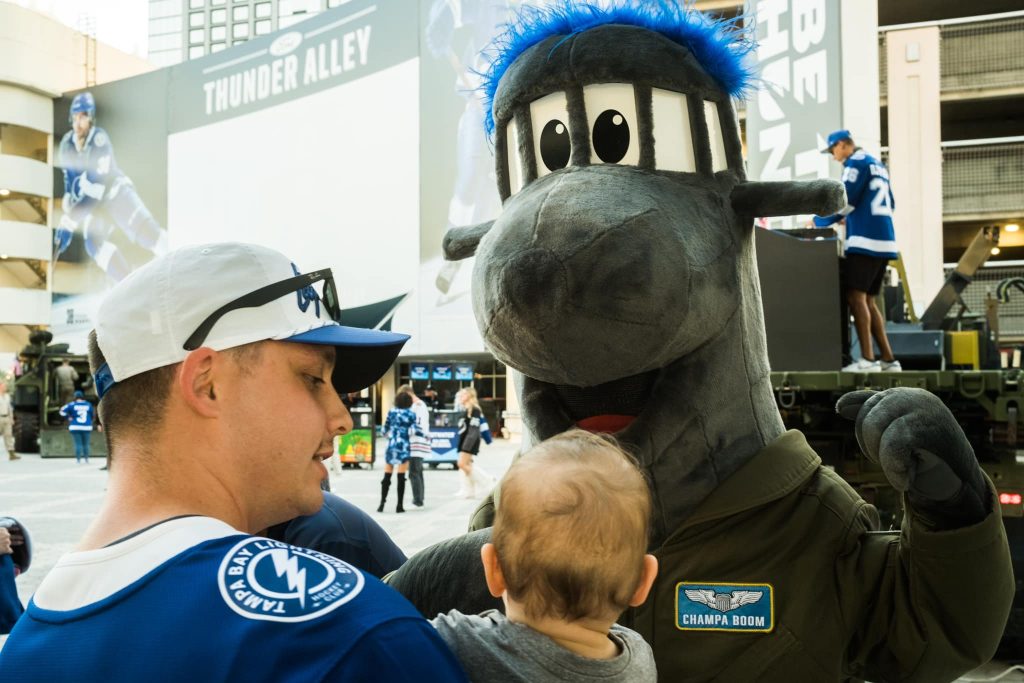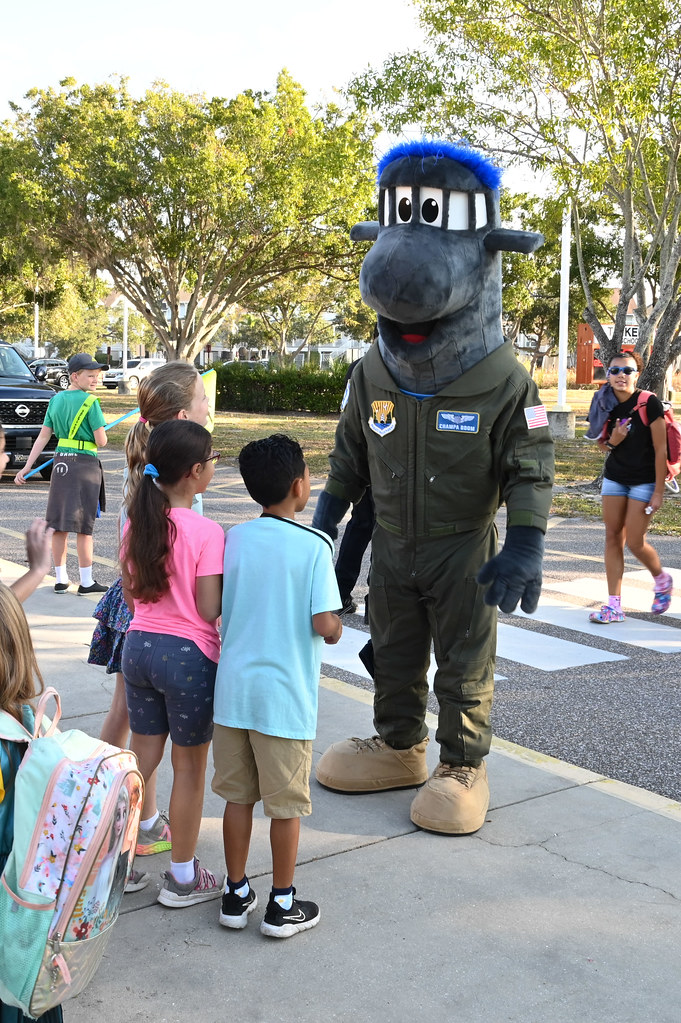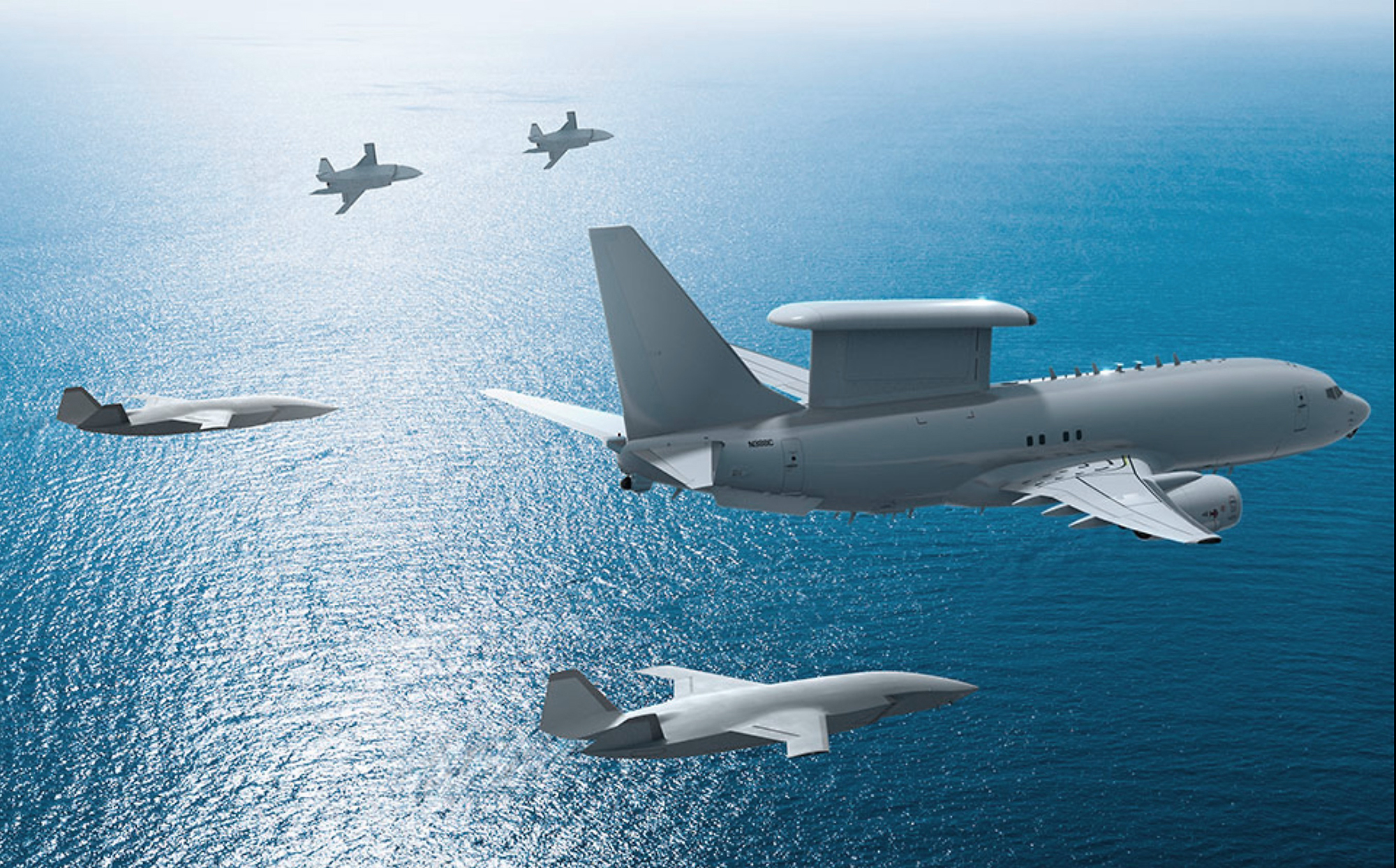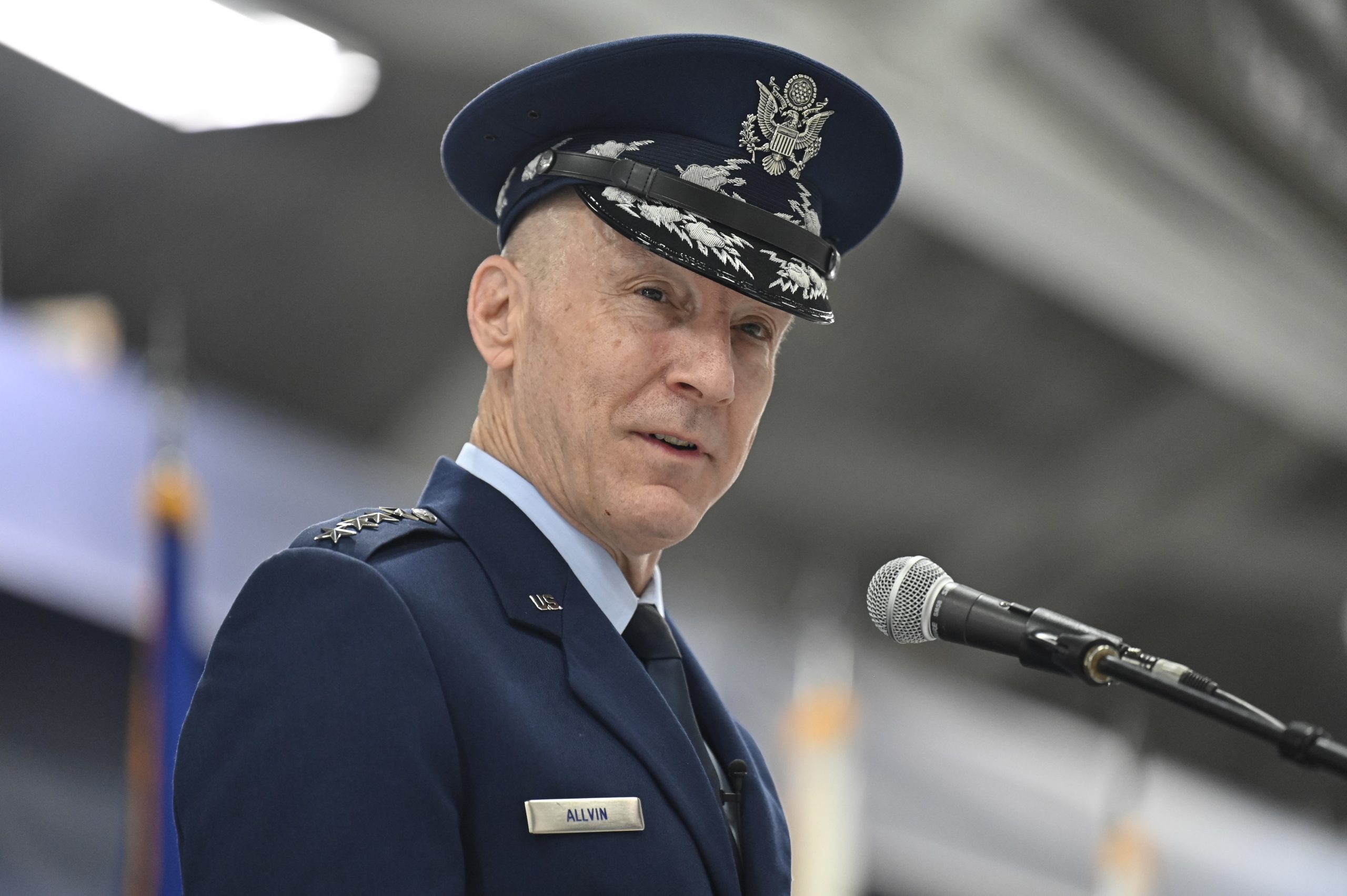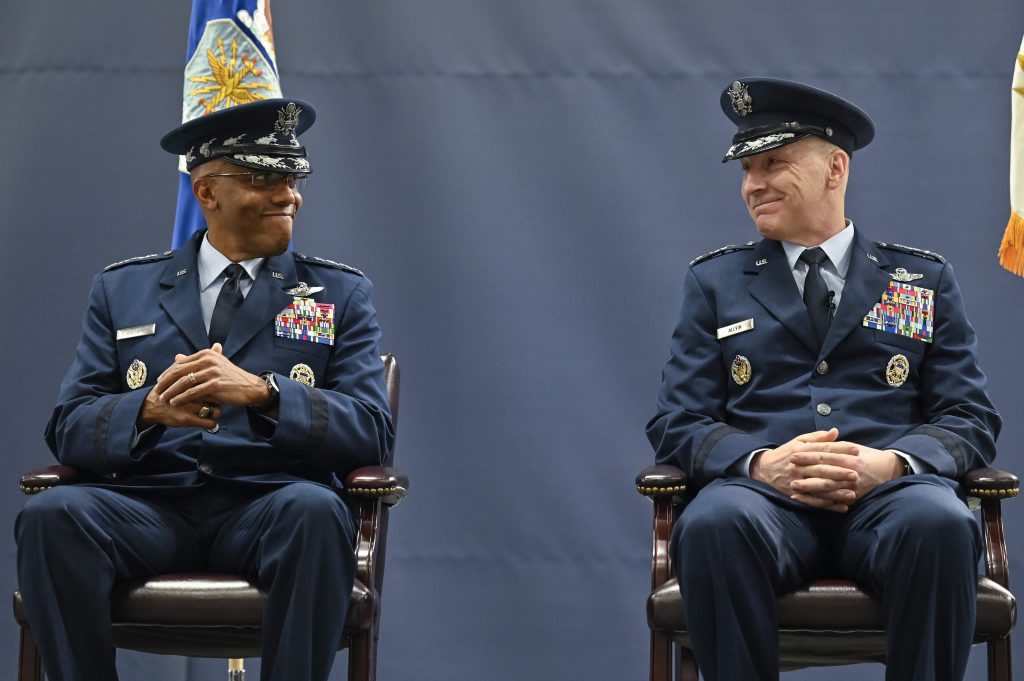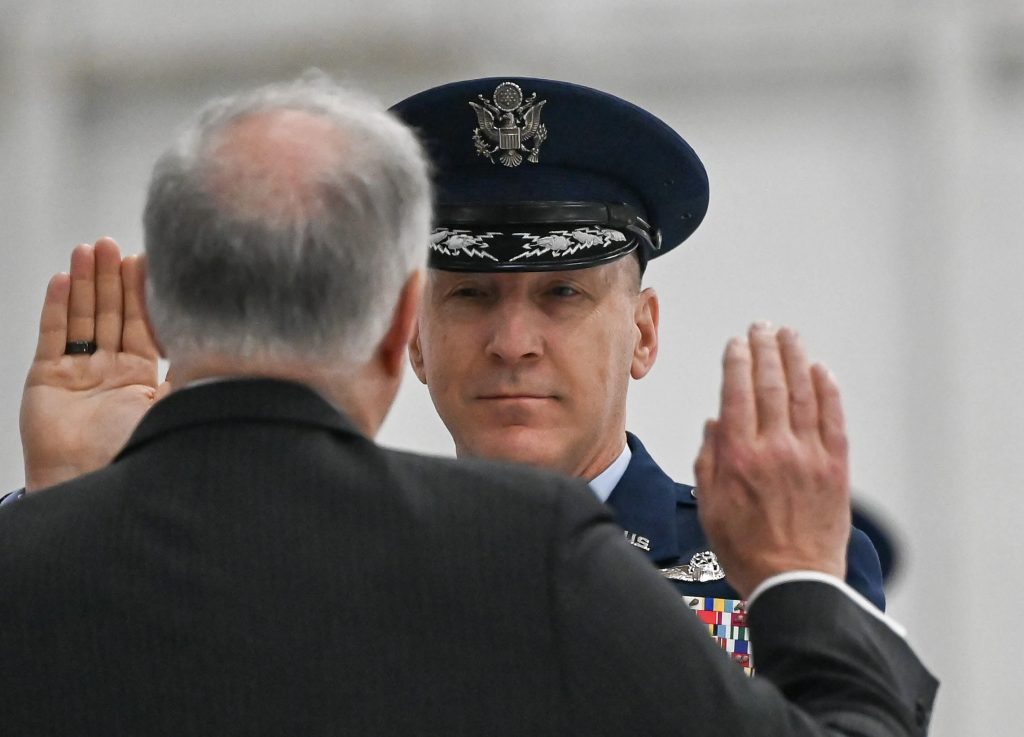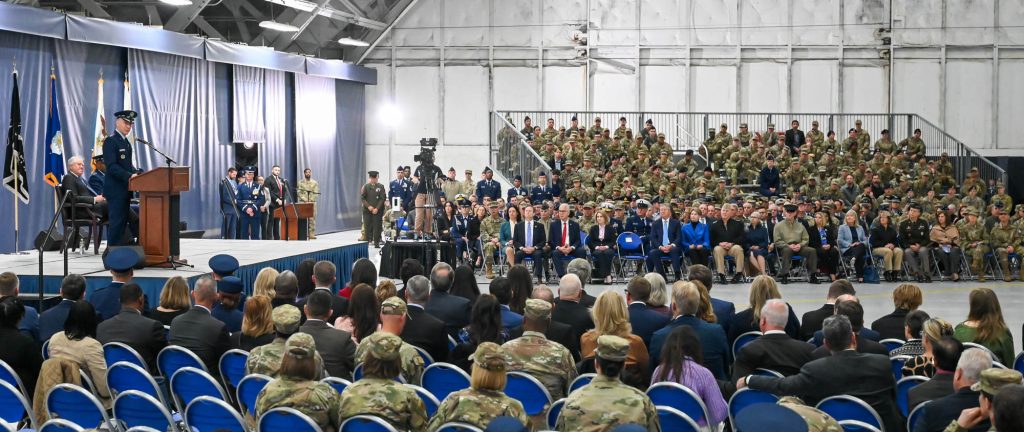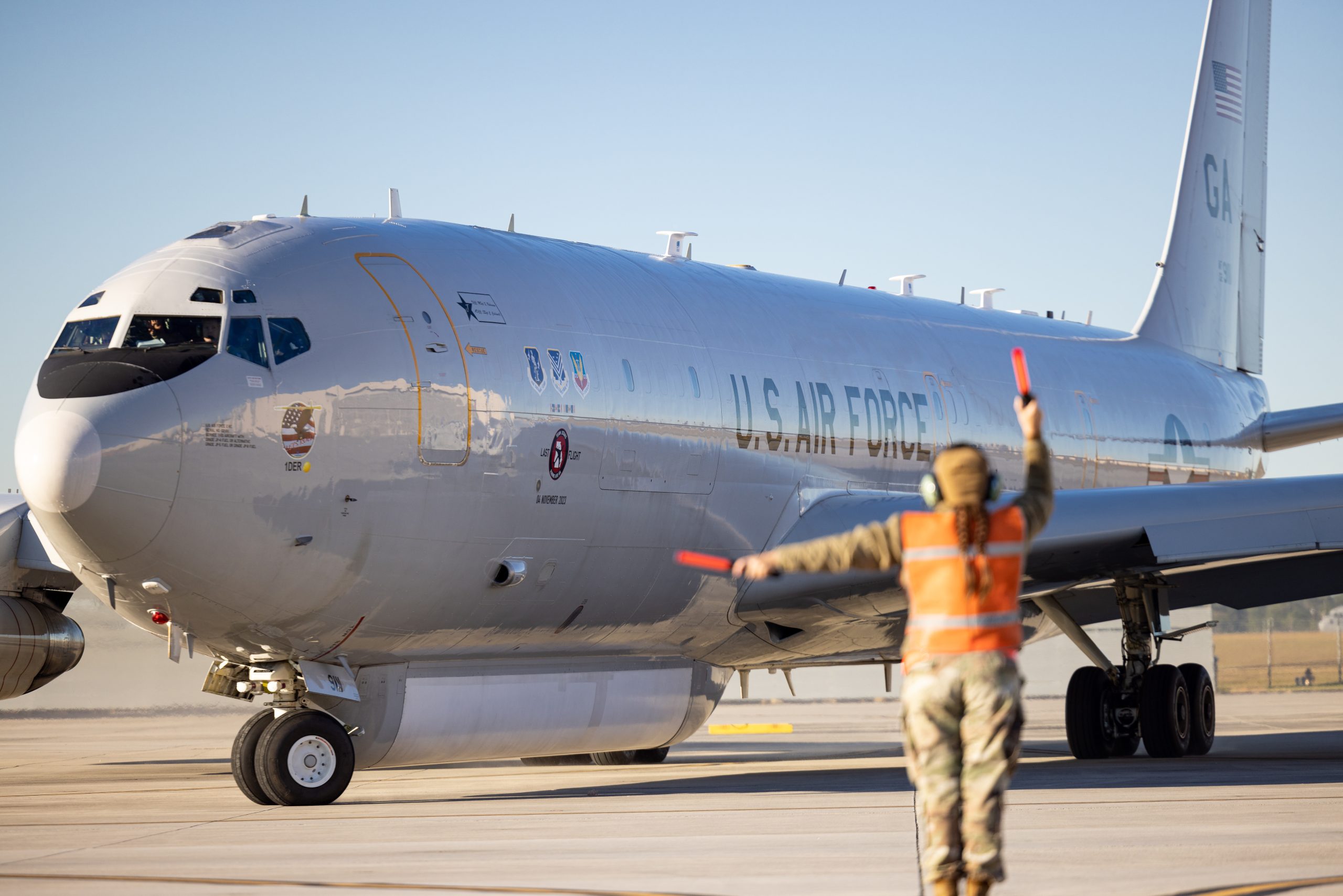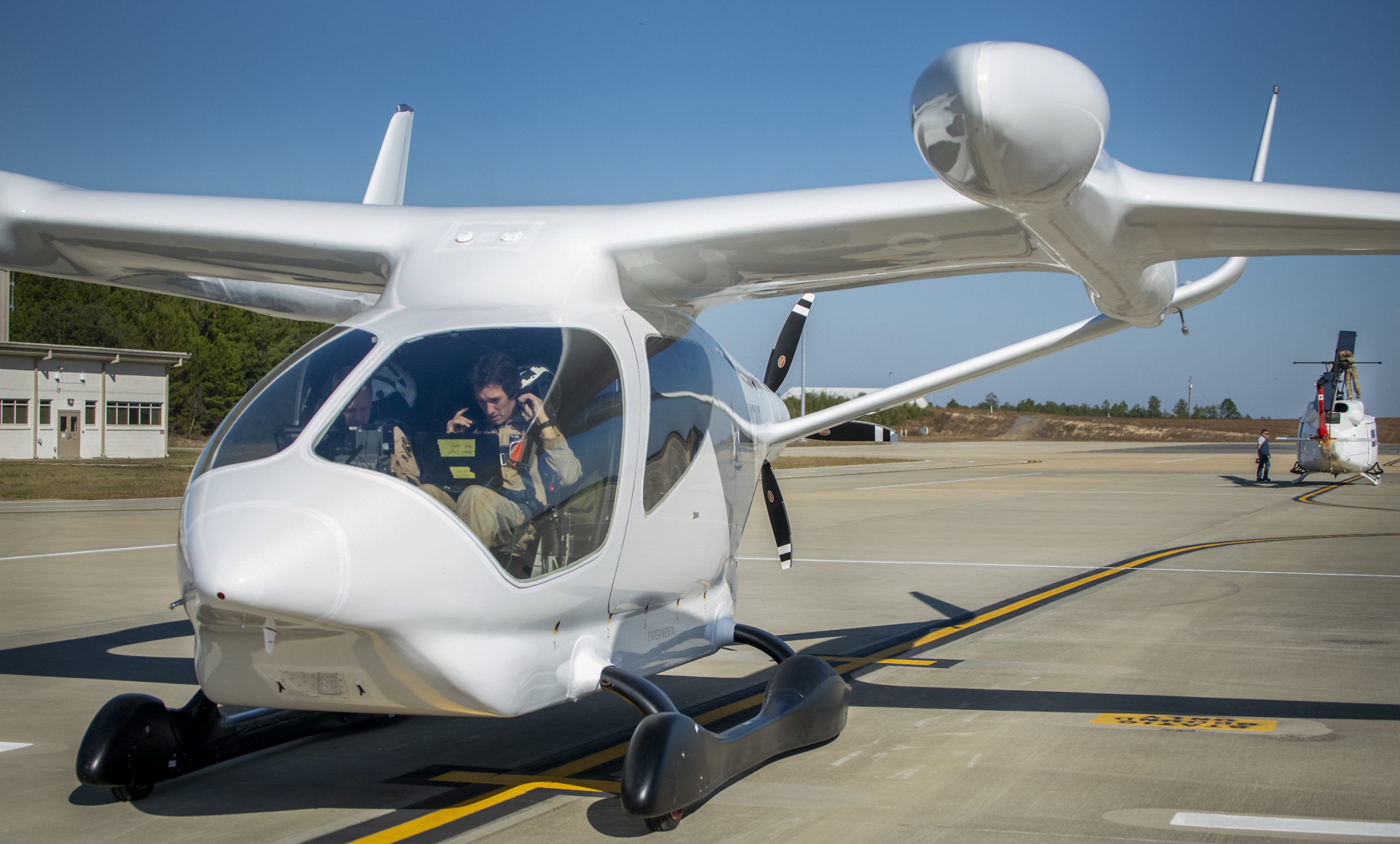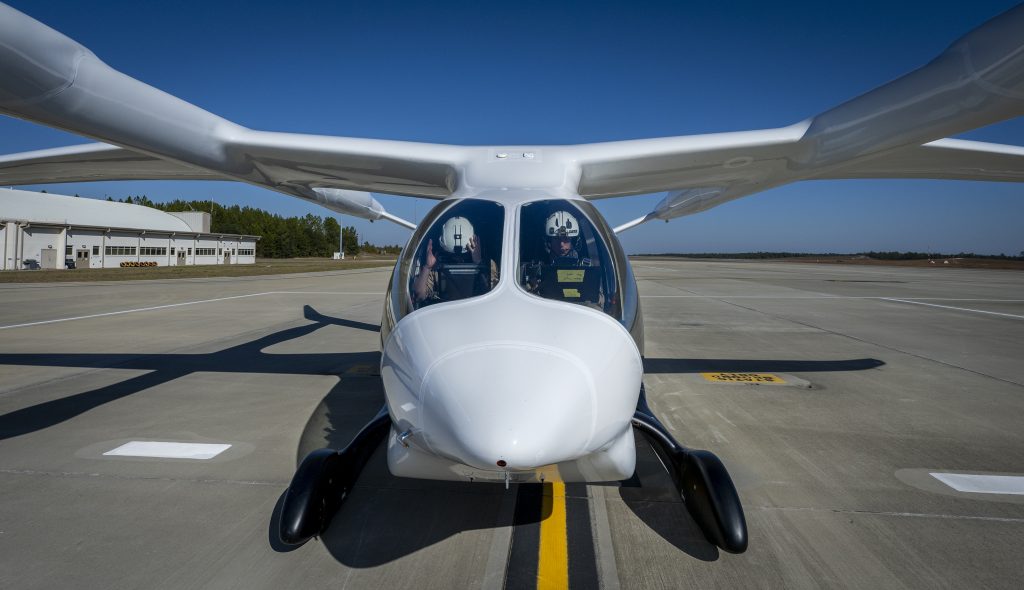Boeing delivered the sixth MH-139 helicopter, the last test aircraft for the type, clearing the way for the first production aircraft to arrive in mid-2024, a company spokesperson told Air & Space Forces Magazine.
The MH-139 Grey Wolf will replace the UH-1N Huey helicopters that provide security and support to Air Force missile fields across the Western United States, as well as to transport government officials around the Washington, D.C., area. The Grey Wolf promised greater speed, higher altitudes, and increased carrying capacity.
Production aircraft are already undergoing final assembly at Leonardo’s northeast Philadelphia facility, after which Boeing will make modifications to meet Air Force requirements. All work will take place at the Leonardo plant.
“Delivering all of the RDT&E aircraft to the Air Force enables them to continue critical operational testing and allows Boeing to focus on building the first production aircraft,” Boeing MH-139 program director Azeem Khan said in a release. “The Grey Wolf will provide crucial national security capability improvements to the Air Force. This is an important step in getting the aircraft into service.”
The Air Force first rolled out the MH-139 at Eglin Air Force Base, Fla., in December 2019, the first major acquisition by Air Force Global Strike Command. Flight testing began in February 2020, but delays followed when issues arose with Federal Aviation Administration (FAA) certification. The Air Force’s plan to purchase eight helicopters in fiscal 2021 was delayed and the fiscal 2022 buys were skipped completely.
When Boeing finally gained FAA certification, the Air Force announced it had finally acquired four helicopters in August 2022, enabling developmental testing. Five months later the Pentagon’s Office of the Director of Operational Test & Evaluation (DOT&E) warned in its annual report that the Grey Wolf might fall shore of “operational effectiveness requirements.” The report noted concerns about with the automatic flight control system, sensor display, intercom system, cabin layout, and “restrictions on takeoffs in crosswinds or near obstacles.”
Even so, USAF struck a low-rate production agreement in March, with Leonardo and Boeing agreeing to produce the first 13 of up to 80 production aircraft, with the first delivery in 2024.
Much of the developmental testing for the MH-139 has taken place at Duke Field, Fla., led by the 413th Flight Test Squadron and Air Force Global Strike Command Detachment 7, bit the aircraft has also flown from Eglin and visited future operating locations, including:
- Malmstrom Air Force Base, Mont., where it landed in the snow
- Maxwell Air Force Base, Ala., which will host its formal training unit
- Joint Base Andrews, Md.
A full-rate production decision is projected for fiscal 2025.
